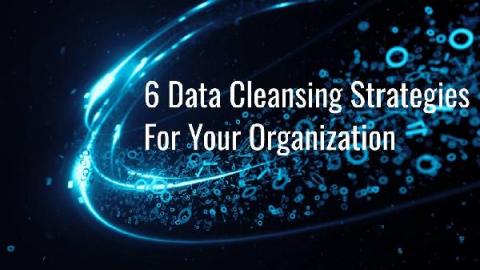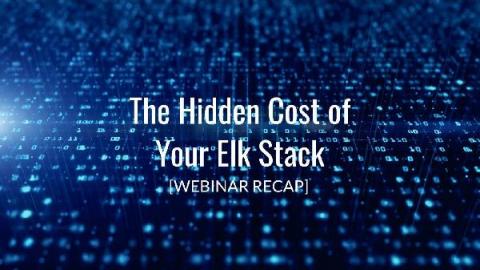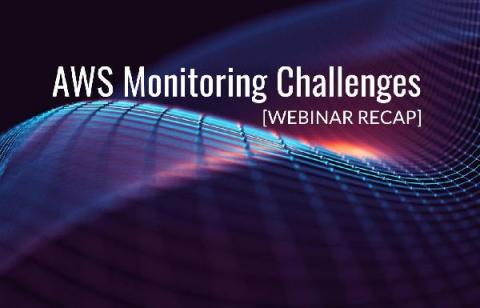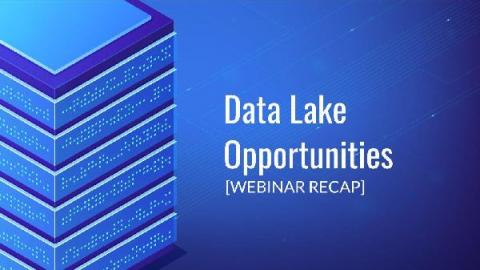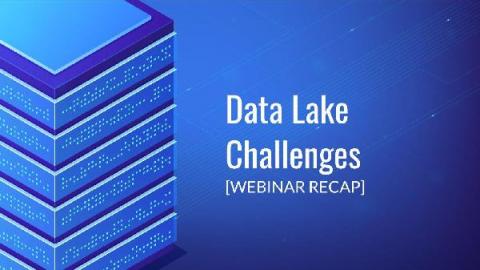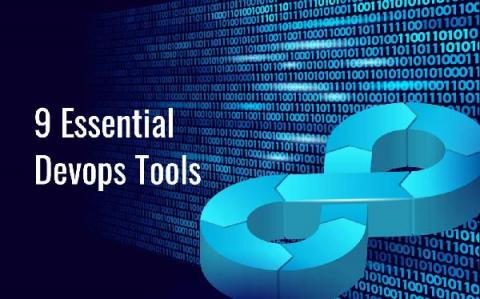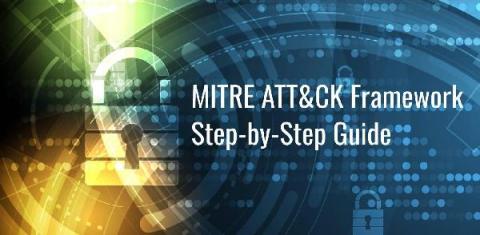Enterprise Data Architecture: Time to Upgrade?
ChaosSearch is participating in the upcoming Gartner Data & Analytics Summit (May 4-6), a virtual conference for professionals and executive leaders in Data & Analytics (D&A). The summit will feature expert talks from Gartner analysts, engaging workshops, and the opportunity to participate in roundtable discussions with D&A professionals and executive leaders. This blog post was inspired by the tagline of this year’s Gartner Data & Analytics Summit: Learn, Unlearn, Relearn.




